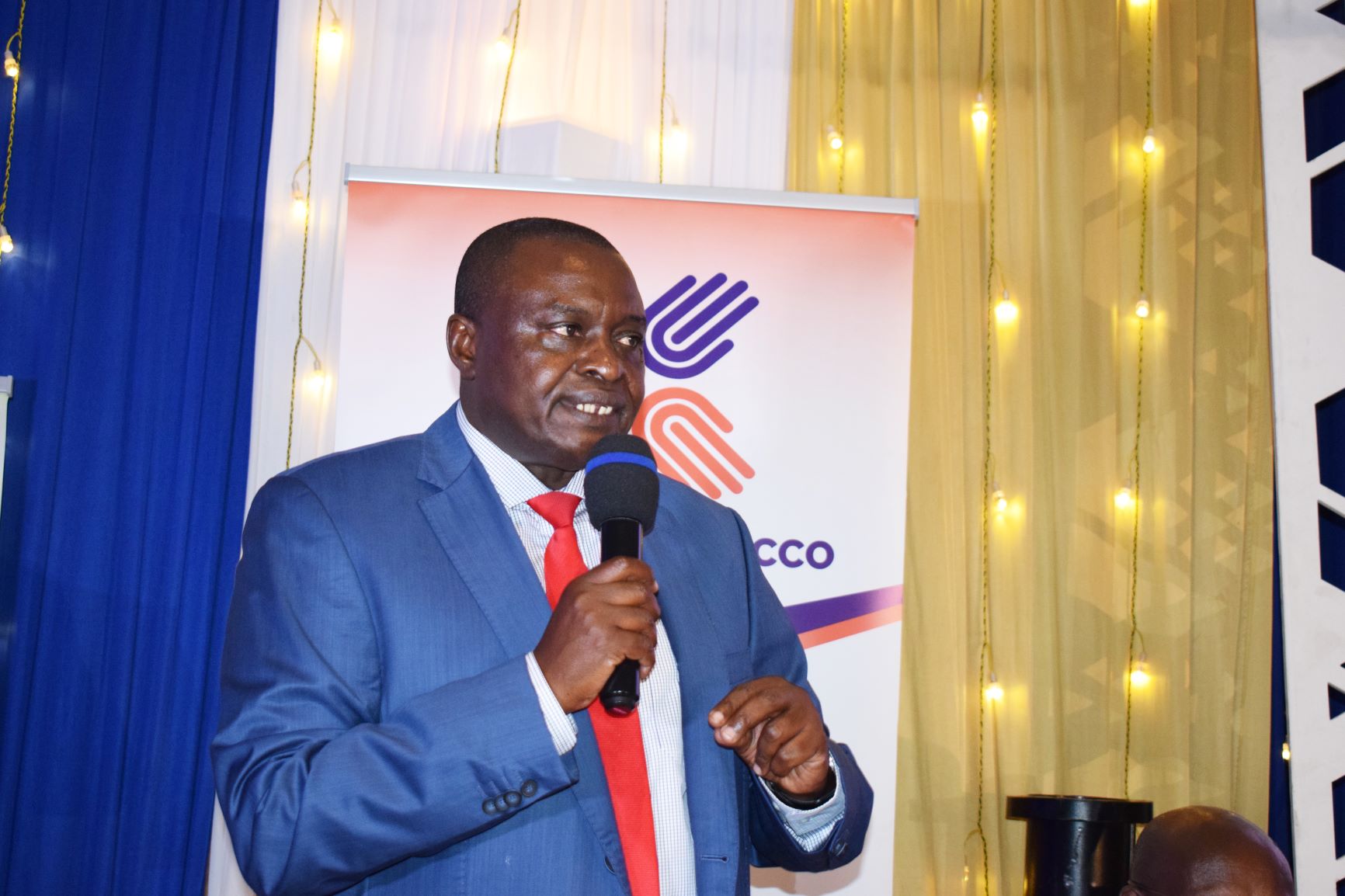By Sammy Chivanga
The coronavirus pandemic has reinforced the need for Savings and Credit Co-operative Organisations (Saccos) to diversify membership in order to reduce existential risk.
Kenyan economy continues to run into headwinds of Covid-19 since the first case was reported in the country on March 13, triggering job losses and salary cuts whose impact spread to Sacco members.
This has once more brought to the fore the debate on whether or not Saccos should diversify membership, so as to avoid instances where all its members run into the same problem at the same time.
Sectors such as aviation, hospitality, horticulture and tourism as well as media have become among the worst hit with the coronavirus that is still spreading in the country. This has put liquidity strain on Saccos whose membership is heavily dependent on these sectors.
Concorde Sacco, with 1,700 members from 15 airlines, over 100 travel airlines and 10 handling firms is for instance seeing a surge in withdrawals since most of its members have either been laid off or sent for unpaid leave.
Wanandege Sacco, which heavily draws it membership from employees of Kenya Airways and related companies in the aviation industry has also run into headwinds, limiting loans to members.
This was after Kenya Airways sent home a number of employees and initiated pay cuts in the wake of reduced business when government announced restrictions on local and international air transport.
In the media industry, Saccos such as Nation Sacco and Standard Sacco have had to contend with rising number of members who are reducing their monthly savings in line with the salary cuts witnessed in the industry.
Co-operative Alliance of Kenya chief executive Daniel Marube last month warned that Saccos with many members from such sectors are seeing a surge in withdrawals, which if not limited now threatens Saccos’ survival.
“This trend if not curtailed is likely to affect liquidity levels of the societies and equally discourage the savings culture,” warns Mr Marube.
The trend brings back to life the debate on whether Saccos should open up membership to diversified group of people or close it to a specific sector.
Indeed, some of the most successful Saccos such as Mwalimu Sacco and Police Sacco have continued to thrive because majority of their members are teachers and police officers respectively.
However, examples also exist of Saccos that have struggled and even went under because of drawing members from a specific sector.
The poor performances of the local sugarcane farming and the associated sugar factories, has for instance, adversely affected Saccos which largely drew their membership from the sugarcane farmers or employees of these factories.
Nitunze Sacco Society, formerly Mumias Out-growers Sacco Society, failed to meet its financial obligations largely due to the fact that nearly all it members were sugarcane farmers. Its licence has since been revoked.
Many of its members had obtained loans from the Sacco on the security and collateral of expected proceeds from the sugarcane farming.
However, the failure by factories to pay the farmers their proceeds led to mass abandonment of sugarcane farming by members of the Sacco, making many members to default on loans.
Regulatory filings showed the Sacco’s entire loan portfolio, amounting to over Sh160 million, degenerated into default and thus total loss, with very little prospect of recovery.
Moi University Sacco also lost its license partly due to desertion of members from the Sacco due to its inability to provide services to members as well as non-remitted deductions from the university due to cash crunch.
This calls for diversification of business operations, products and member catchment area base for all Sacco Societies in order to remain stable.
However, proponents of restrictive membership in Saccos say having a common bond is the backbone of growth since it weaves members together.


